6 Best Plants To Grow Against A Fence
-
Pete Ortiz
- Last updated:
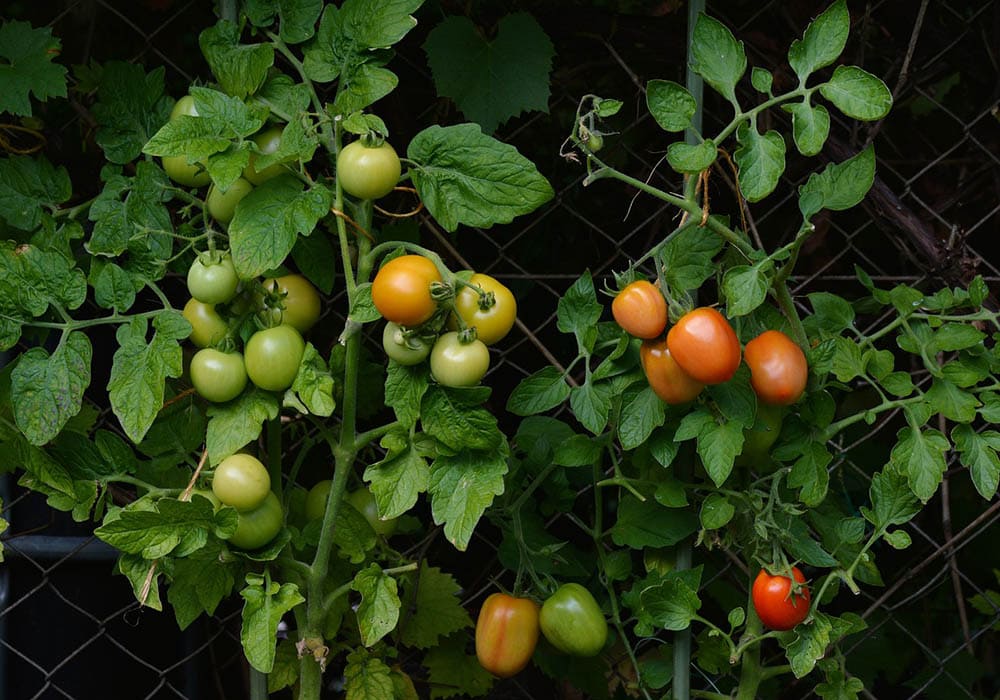
Vegetable gardens are an awesome way to get outdoors and grow some tasty veggies, but not everyone has lots of space they can dedicate to growing their own produce. This is where climbing plants come in: many vegetables produce vines and otherwise grow upward, making it possible to grow them on fences and other vertical spaces when actual land is at a premium.
Chain link fences are especially great for growing many varieties of vegetables because they provide strong support vertically and horizontally, and your budding plants will turn your dour fence into a luscious wall. Let’s check out some of the best plants you can grow against a fence.
The 6 Best Plants To Grow Against A Fence
1. Tomatoes
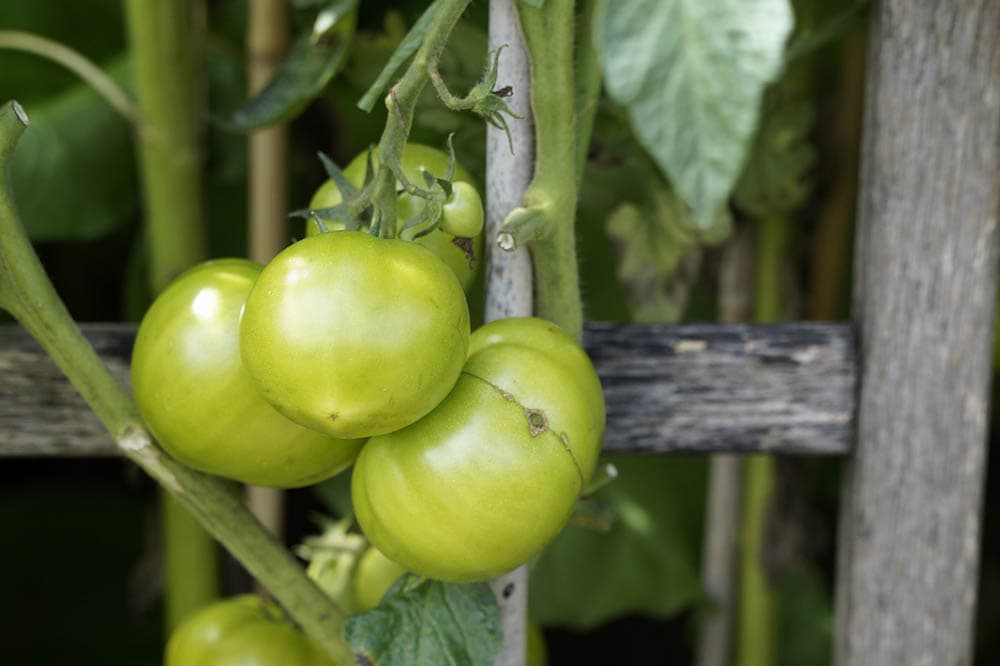
| USDA Hardiness Zone | 5-11 |
| Water Requirements | Regular (1-2” per week) |
| Ideal Soil Type | Any well-drained soil, pH 6.2-6.8 |
When you think of veggies that climb, the technically-a-fruit tomato is at the top of the list. Tomatoes are one of the most attractive plants you can use in a vertical garden, although they need strong support when they become heavy and bear fruit. Growing tomatoes on a fence is a good way to sidestep pernicious soil diseases.
On the other hand, grape and cherry tomatoes are lighter types of tomato plants perfect for fences with questionable durability. Use twine or soft cloth to help prevent the stems from getting damaged, and add dowels for extra mobility.
2. Beans

| USDA Hardiness Zone | 2-11 |
| Water Requirements | Regular (1” per week) |
| Ideal Soil Type | Sandy soil, pH 6.0-7.0 |
There are numerous types of beans perfect for growing along any fence: runner beans, green beans, golden wax beans, and more. Green beans are perhaps the most well-known type and are a highly productive summer crop if planted in the early spring.
For best results, beans should be picked regularly, because otherwise they dry out and become stringy. Plus, picking them encourages further growth, meaning more beans! Green beans, specifically, can be grown as either a spring or fall crop. Most beans are sensitive to the cold.
3. Squash
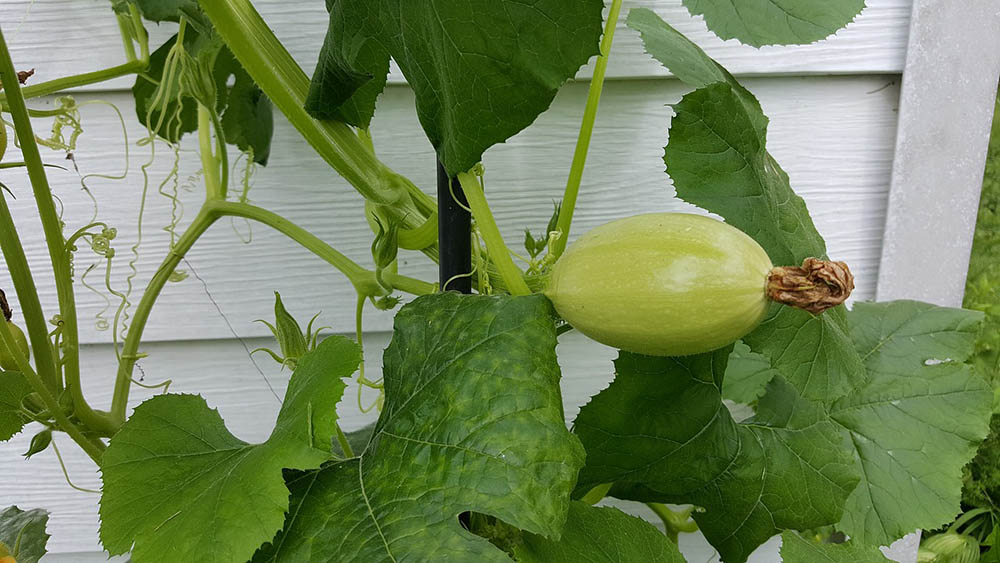
| USDA Hardiness Zone | 3-10 |
| Water Requirements | Regular (1” per week) |
| Ideal Soil Type | Sandy soil, pH 6.0-6.5 |
Squash does very well along a fence, provided you add twine and cloth to help support their stems. Without some level of extra support, the plants get heavy and the stems could break. When trained well, many types of squash can grow as high as ten feet.
If you’re intent on growing squash vertically, we caution you to start with small varieties so you can get the hang of vertical growing before moving on to higher-maintenance large gourds. Baby squash is a perfect place to start, requiring relatively minimal maintenance and added support.
4. Peas
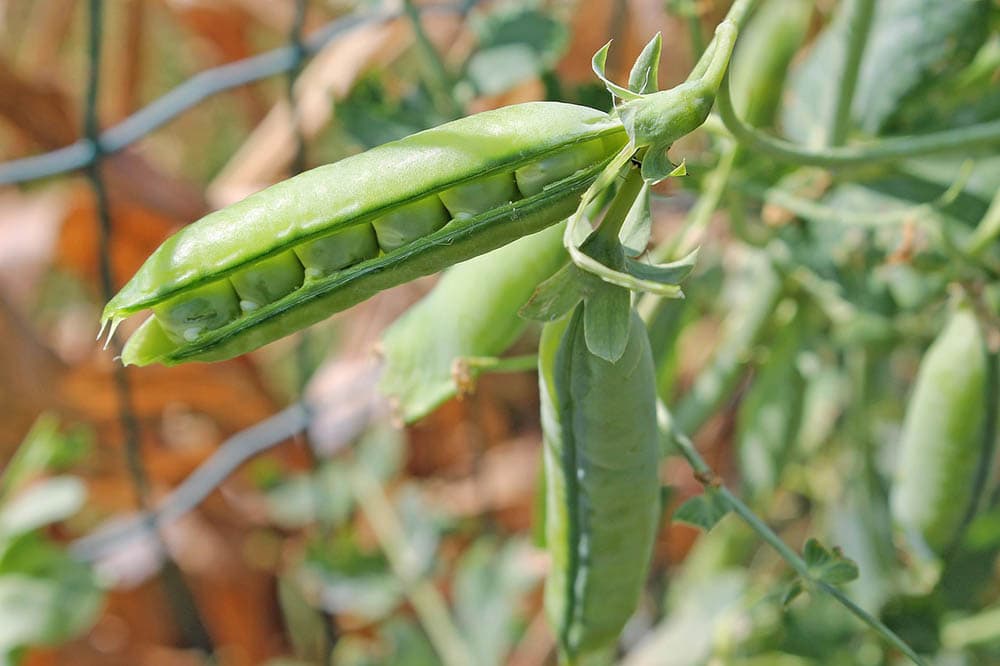
| USDA Hardiness Zone | 3-11 |
| Water Requirements | Regular (1” per week) |
| Ideal Soil Type | Any well-drained soil, pH 6.0-7.5 |
Most types of peas, like snow peas, garden peas, and snap peas are perfect candidates for any vertical garden. Some larger plants can get heavy, so we’d suggest starting with a dwarf variety so you don’t have to add too much artificial support.
Peas are some of the most natural climbing plants and will adapt to any fence as long as it has lots of vertical and horizontal space to spread. If you need to confine your peas to a certain part of your fence, we’d suggest using dowels and evenly spreading your plants.
5. Cucumbers
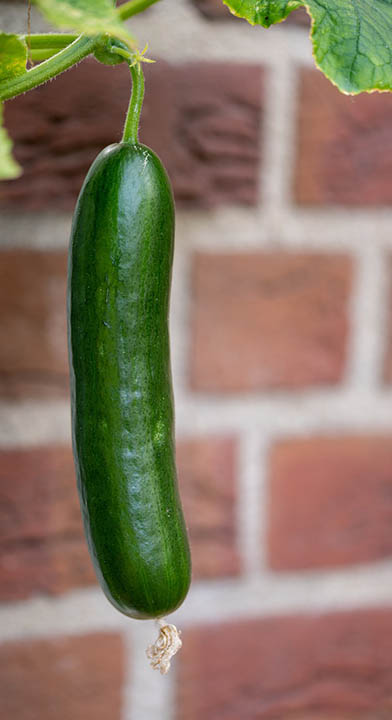
| USDA Hardiness Zone | 4-12 |
| Water Requirements | Regular (1-2” per week) |
| Ideal Soil Type | Sandy loam soil, pH 5.5-7.0 |
Cucumbers are perfectly suited for growing on a fence as long as you regularly pick the ripe veggies when they’re ready. If you leave too many cucumbers on a plant, it stops producing, so nip that in the bud and just pick them. Plants with lots of cucumbers get really heavy, too, and risk strain on the plant’s stems.
Trellises and fences are perfect for cucumbers because it helps them avoid soilborne diseases and pests while preserving previous soil space. Cucumber plants have very strong tendrils perfectly suited for most fences, and they can grow as high as five feet off the ground.
Related Read: 15 Best Vegetables to Grow in Minnesota
6. Peppers
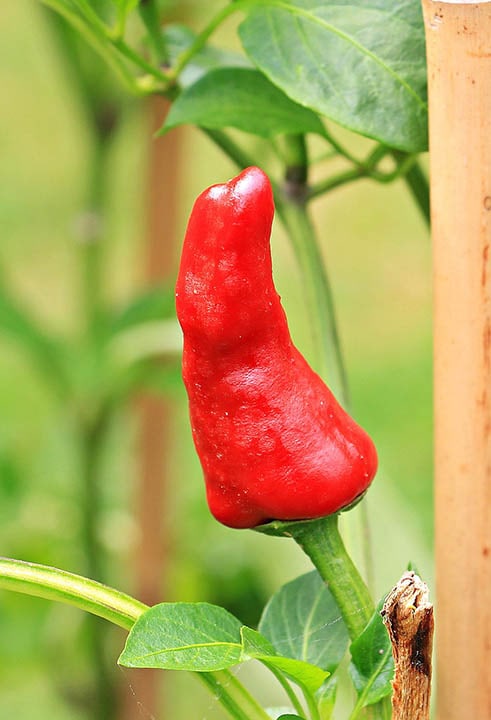
| USDA Hardiness Zone | 9-11 |
| Water Requirements | Regular (1-2” per week) |
| Ideal Soil Type | Loamy soil, pH 6.0-7.0 |
Planting peppers against a fence is one of the best ways to help them avoid soilborne diseases and promote healthy air circulation. They don’t have any special needs other than regular strong support, so the stems don’t break when the plant produces peppers.
Peppers naturally repel insects, but they can be prone to fruit rot during wet weather. This has made them a big hit in the dry southwestern U.S. Some people insist that the hotter weather a pepper plant grows in, the spicier the peppers are.
See Also:
- 5 Bamboo Fence Plans You Can Build Today (with Pictures)
- How To Grow Bamboo Indoors – 6 Tips, Tricks, and Guide
Featured Image Credit: congerdesign, Pixabay
Contents


